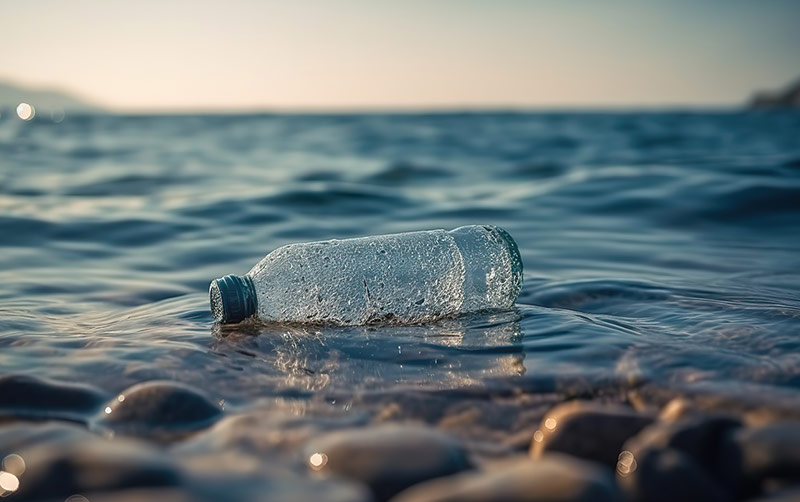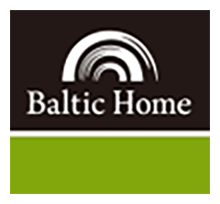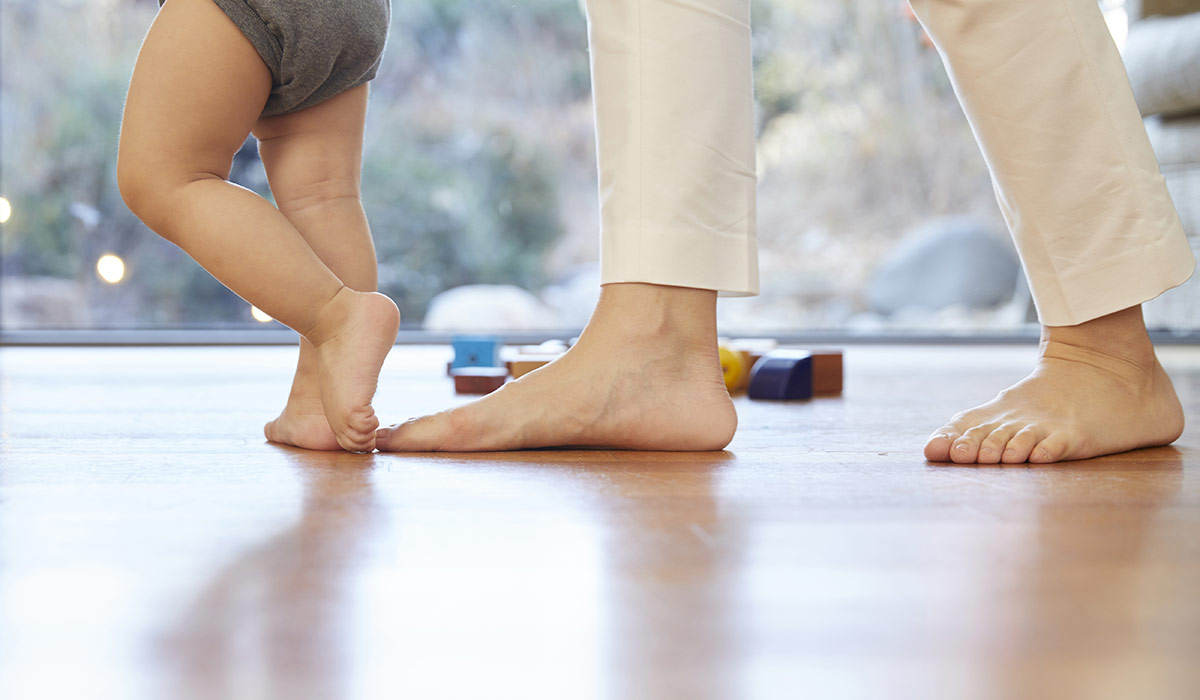
Selecting the right wood flooring for your home can be overwhelming, given the variety of options available. As a professional flooring manufacturer, we understand the importance of choosing a product that balances aesthetics, durability, and practicality. This guide will help you navigate the differences between solid hardwood, engineered wood, WPC, 3-layer flooring, and waterproof laminate, so you can make an informed decision based on your lifestyle, budget, and home environment.
- Solid Hardwood Flooring
What Is It?
Solid hardwood is made from a single piece of natural wood, typically ¾-inch thick, and is available in various species like oak, maple, walnut, and cherry.
Pros:
· Authentic beauty & timeless appeal – Each plank has unique grain patterns.
· Longevity – Can be sanded and refinished multiple times (lasts 30-100 years).
· Increases home value – Preferred by homebuyers for its premium look.
Cons:
· Susceptible to moisture & temperature changes – Not ideal for basements or humid climates.
· Higher cost – More expensive than engineered or synthetic options.
· Installation limitations – Cannot be installed directly over concrete.
Best For:
· Living rooms, bedrooms, and dry climates.
· Homeowners who prioritize natural materials and long-term investment.
2. Engineered Wood Flooring
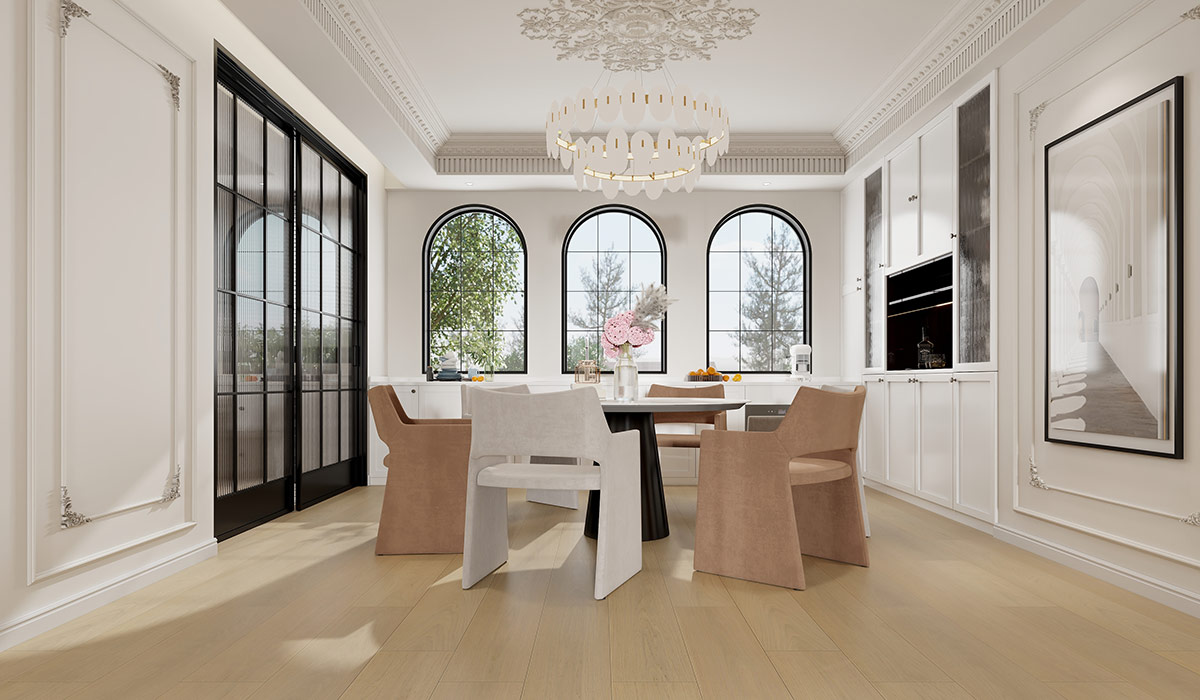
What Is It?
Engineered wood consists of a real wood veneer (top layer) bonded over multiple plywood layers for stability.
Pros:
· More stable than solid wood – Resists warping in humidity (good for kitchens, basements).
· Can be refinished (1-2 times) – Thicker wear layers allow light sanding.
· Easier installation – Can be floated, glued, or nailed down.
Cons:
· Thinner wear layer – Limited refinishing compared to solid wood.
· Some lower-quality options may delaminate – Choose reputable brands.
Best For:
· Moderate humidity areas (e.g., kitchens, basements with moisture barriers).
· Homeowners who want real wood aesthetics with better moisture resistance.
3. WPC (Wood Plastic Composite) Flooring
What Is It?
WPC is a 100% waterproof hybrid flooring with a wood-plastic core, topped with a realistic wood/stone decorative layer.
Pros:
· 100% waterproof – Perfect for bathrooms, laundry rooms, and basements.
· Soft underfoot & quiet – Foam backing reduces noise.
· Easy DIY installation – Click-lock systems require no glue/nails.
Cons:
· Not as natural-looking as real wood – Some designs may appear synthetic.
· Cannot be refinished – Wear layer is thin; damaged planks must be replaced.
Best For:
· High-moisture areas (bathrooms, kitchens, basements).
· Families with pets/kids needing scratch & water resistance.
4. 3-Layer Engineered Flooring
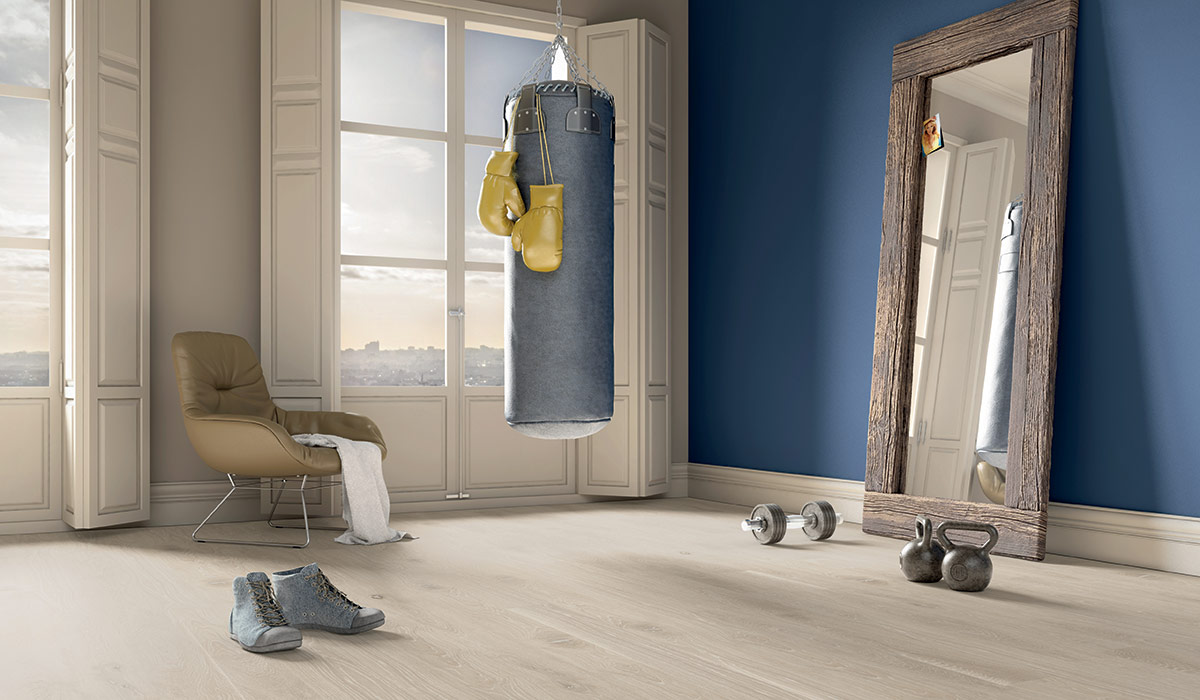
What Is It?
A premium type of engineered wood with three layers: hardwood top, cross-laminated core, and stabilizing backing.
Pros:
· Exceptional stability – Handles humidity better than traditional engineered wood.
· Thicker wear layer – Can be refinished multiple times (like solid wood).
· Eco-friendly – Uses less hardwood than solid planks.
Cons:
· Higher price point – More expensive than standard engineered options.
· Not fully waterproof – Still vulnerable to standing water.
Best For:
· Luxury homes seeking durability & refinishing potential.
· Areas with fluctuating humidity (e.g., coastal regions).
5. Waterproof Laminate Flooring
What Is It?
Laminate with a waterproof core (usually stone plastic composite or dense fiberboard) and a high-definition wood-look surface.
Pros:
· Budget-friendly waterproofing – Cheaper than WPC or luxury vinyl.
· Durable surface – Resists scratches, stains, and fading.
· Easy maintenance – No waxing or polishing needed.
Cons:
· Cannot be refinished – Damaged planks must be replaced.
· Harder underfoot – Less comfortable than WPC or cork.
Best For:
· High-traffic areas (hallways, entryways).
· Renters or budget-conscious homeowners needing waterproof solutions.
Final Decision Guide: Which Flooring Should You Choose?
|
Flooring Type |
Best Rooms |
Water Resistance |
Lifespan |
Budget |
|
Solid Hardwood |
Living rooms, bedrooms |
Poor |
30-100 yrs |
$$$$ |
|
Engineered Wood |
Kitchens, basements |
Moderate |
20-50 yrs |
$$$ |
|
WPC |
Bathrooms, laundry |
Excellent |
15-30 yrs |
$$ |
|
3-Layer Engineered |
Luxury spaces |
Good |
30-70 yrs |
$$$$ |
|
Waterproof Laminate |
Entryways, hallways |
Excellent |
15-25 yrs |
$ |
Quick Tips:
· For authenticity & longevity → Solid hardwood or 3-layer engineered.
· For moisture-prone areas → WPC or waterproof laminate.
· For budget-friendly real wood → Engineered wood.
Conclusion
The best flooring depends on your climate, lifestyle, and design preferences. Solid hardwood offers timeless elegance, while WPC and waterproof laminate provide practicality for active households. Engineered and 3-layer options strike a balance between beauty and resilience.
Consult with a flooring expert to test samples in your home’s lighting and traffic conditions before making a final decision. Happy flooring!


